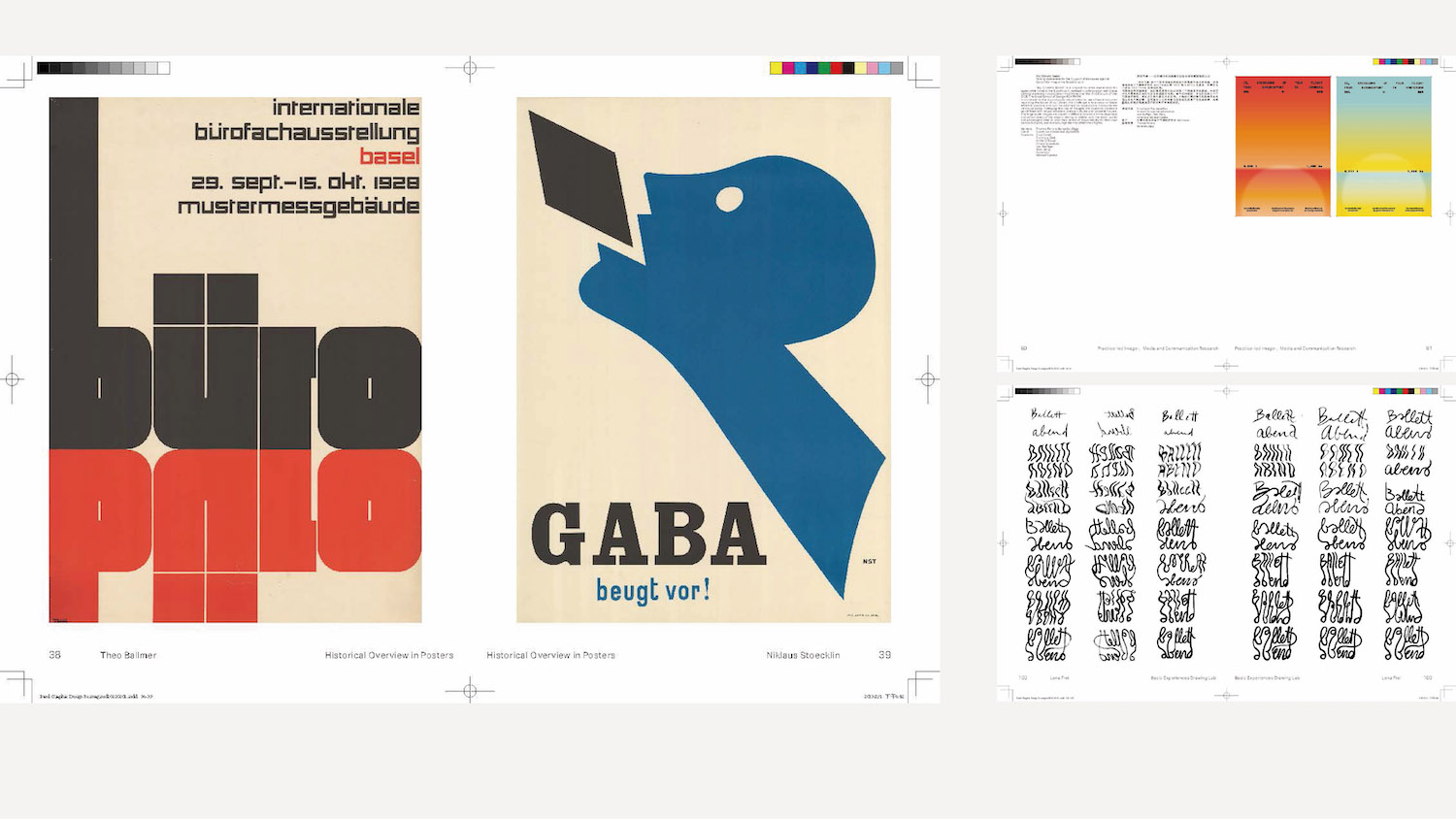巴塞尔设计学院
The Basel School of Design
巴塞尔设计学院及其学生自 1960 年代以来一直影响着国际平面设计界。在过去的几年里,现代主义设计教育的旧模式在瑞士大学系统内得到了更新。今天,他们将“巴塞尔设计学院”的艺术、实验和注重过程的传统与先进的图像、媒体和技术研究相结合,力图树立起全新的瑞士设计旗帜。早在 20 世纪初,瑞士的巴塞尔就是画家和平面设计师云集的重镇,例如 BurkhardMangold、Niklaus Stockli、Paul Kammuller 等在 20 世纪中叶,西奥·鲍尔默(Theo Ballmer)、埃米尔·鲁德 (Emil Ruder)、 阿明·霍夫曼(ArminHofmann) 等设计师开创了现代主义平面设计教育,其目标是让学生能够运用客观的视觉信息,克制个人的艺术表达。到 20 世纪末,WolfgangWeingart 等老师用新浪潮字体排印进行扁平化的视觉表达,限制现代主义者宣称的黑白、网格排版或几何形状。1984 年,第一台多媒体计算机被引进 IDCE 的前身。自千禧之交以来,这一直是 Michael Renner 及IDCE 的同事在视觉传达的背景下持续研究数字技术发展的动力。这项研究一方面侧重于数字工具对模拟信息设计的美学影响; 另一方面,数字通信渠道本身就是一种媒介,需要对基于时间的序列和通过代码进行的人机交互设计有新的理解。
Since the 1960s, the Basel School of Design and its students have been influencing the international graphic design world. In the past few years, the old model of modernist design education has been renewed within the Swiss university system. Today, they combine the Basel School of Design's traditions of artistry, experimentation, and process-orientation with advanced research in imagery, media, and technology, aiming to establish a new banner for Swiss design. As early as the beginning of the 20th century, Basel in Switzerland was a hub for painters and graphic designers, such as Burkhard Mangold, Niklaus Stockli, and Paul Kammuller. In the mid-20th century, designers like Theo Ballmer, Emil Ruder, and Armin Hofmann pioneered modernist graphic design education, with the goal of enabling students to use objective visual information while restraining personal artistic expression. Towards the end of the 20th century, teachers like Wolfgang Weingart used new wave typography for flattened visual expression, limiting the black-and-white, grid-based typography, or geometric shapes advocated by modernists.
